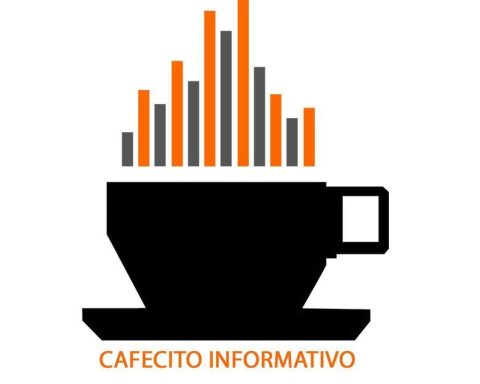Ecuador is in the middle of the 2021 regional ranking, where the countries where poverty grew between 3 and 5 points are found, according to ECLAC.
SANTIAGO. The second year of COVID-19 pandemic shot the extreme poverty in Latin America reaching 86 million people, five million more than in 2020 and the highest figure in 27 years, pointed out a report by the Economic Commission for Latin America and the Caribbean (ECLAC).
“The Recovery The economic crisis of 2021 has not been enough to mitigate the profound social and labor effects of the health crisis”, lamented Alicia Bárcena, executive secretary of the ECLACduring the virtual presentation of the report from Santiago de Chile.
Social aid decreased from more than 89,000 million dollars in 2020 to 45,271 million last year, explained the official, who called for “maintaining emergency cash transfers in 2022 or until the health crisis is controlled.”
The report «Social Panorama of Latin America» estimated that the rate of extreme poverty grew from 13.1% to 13.8% in 2021, while poverty decreased from 33% to 32.1%, reaching 201 million Latin Americans.
The rise of the extreme poverty It is “a consequence of a reduction in emergency income transfers that are not compensated by the increase in income from work,” the document explains.
The countries with the worst figures are Argentina, Colombia and Peru, where both indices grew by 7 percentage points or more, while Brazil was the only one that improved, with a 1.8% drop in poverty and a 0.7% drop in poverty. the extreme poverty.
In between are Chile, Costa Rica, Ecuador and Paraguay, with increases of poverty between 3 and 5 points; Bolivia, Mexico and the Dominican Republic, with growth of less than 2 percentage points, and El Salvador, where it practically did not change.
Slow job recovery
With more than 55.7 million cases and close to 1.5 million deaths in two years, Latin America is one of the regions most affected in health and economic terms by the COVID-19which caused in 2020 a contraction of the Gross Domestic Product (GDP) of 6.8% -the largest in 120 years-.
In 2021, in order to mitigate the effects of the pandemic on the labor market, the governments implemented a series of measures to support workers which, together with the progress of the vaccination processes, allowed for a “slow recovery” and an increase in GDP of 6.2%, according to figures from the institution.
“However, the levels of job They still do not reach those prior to the crisis, especially among women, “he lamented.
The female unemployment rate last year remained at 11.8%, compared to 8.1% for the male rate. In 2020, the figures were 12.1% and 9.1%, respectively.
“The proportion of women who do not receive their own income also increased and poverty gaps remained in rural areas, indigenous peoples and children,” said Bárcena.
Rising inequality
The document maintains that the inequality increased between 2019 and 2020, breaking a downward trend that had been observed since 2002 and that in the 2010s had been progressively losing pace.
The Gini Coefficient, used internationally to measure income distribution, grew by 0.7 percentage points for the regional average due to the repercussions of the pandemicnoted the report.
The largest increases in inequality took place in Peru, Chile, El Salvador, Bolivia and Colombia. For their part, the Dominican Republic, Brazil, Paraguay, Mexico and Costa Rica improved in the distribution of wealth.
The Omicron Advance
The omicron variant, which according to the World Health Organization (WHO) is the predominant one in the world, has caused an unprecedented escalation of infections in Latin America with a record of infected in several countries such as Mexico, Argentina, Peru and Chile.
“The evolution of this variant, as well as future variants, added to the deployment of vaccination, are crucial factors to understand the future of this crisis,” explained the official.
As of today, 62.3% of the population of Latin America (408 million people) has two doses, but the distribution is still very uneven within the region.
There are 26 of the 33 countries that have not been able to vaccinate 70% of the population, said Bárcena, the most serious case being Haiti, which does not reach 1%.
“The pandemic it is a historic opportunity to build a new social pact. Now years of lower economic growth are coming and, if efforts are not maintained, the increases in poverty and inequality will be greater », he concluded. EFE
IT MAY INTEREST YOU:
Australia opens study and work opportunities to young people
Spain will need more than 90 thousand professionals in data and AI until 2025


















